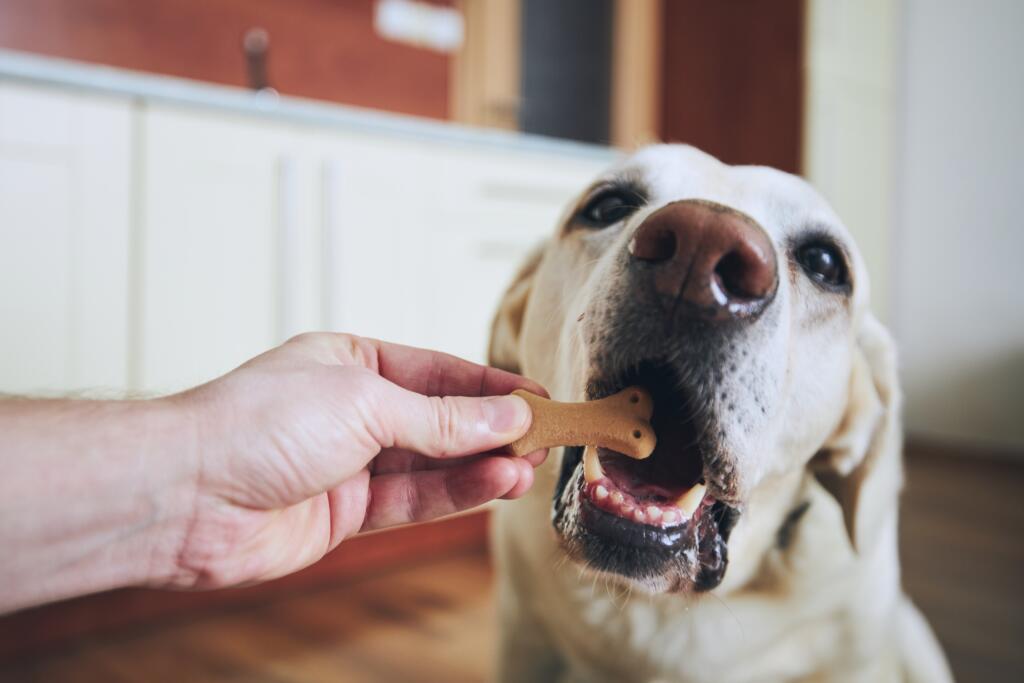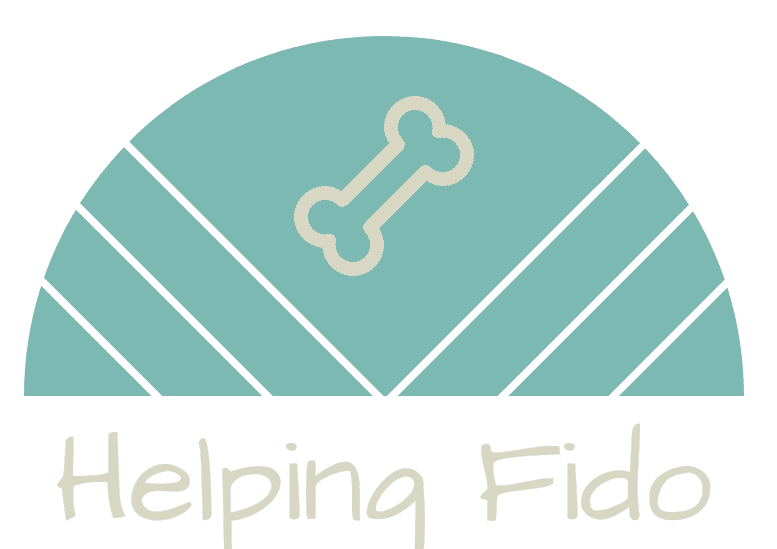A healthy diet for your dog can have a wonderfully positive impact on your dog’s behavior. A good diet improves a dog’s mood, energy, and learning ability. Here are some tips on influencing a dog’s behavior in a positive way using a healthy dog diet and how beneficial it can be. Become aware of the harmful ingredients that might be in some dog food. The goal is to provide a balanced diet that is age appropriate and recognizes any specific dietary needs of certain breeds.
Article contents
Benefits of a healthy dog diet
There are many benefits to feeding your dog a healthy diet. After changing to a healthy diet, you should see significant improvements after a few weeks and continued improvement over the longer term.
Behavioral improvements include:
- Increased energy levels
- Improved mood
- Improved ability to learn
Other benefits of a healthy diet are that it promotes a stronger immune system and reduces the risk of health issues.

5 Steps to create a healthy dog diet
Creating a healthy diet for your dog is a terrific way to show you love your dog. Follow these steps to build a healthy diet for your dog.
Step 1: Choose Quality Food
If you want improved dog behavior, choose high-quality food from natural, healthy ingredients, such as fresh meat, vegetables, grains, and fruits. These make up a balanced, natural diet. Avoid processed foods. They have too many low-quality ingredients, artificial flavors, chemicals, and preservatives.
Many pet lovers believe it is better to prepare freshly made food at home with homemade dog food recipes. Use a high-quality protein source like chicken gizzards that are well-cooked (boiled for three to four hours) and ground up like hamburger meat, carbs from cooked rice, and vitamins from vegetables.
Dogs need the following vitamins that come from these natural sources:
- Vitamin A from pumpkin and carrots
- B Vitamins from green vegetables, whole grains, and liver
- Vitamin C (fruits and vegetables, organ meat),
- Vitamin D from beef, liver, and fish
- Vitamin E from bran, leafy green vegetables, and liver
- Vitamin K from leafy green vegetables and fish
- Choline from egg yolks, liver, meats, and fish
It is better to get vitamins from natural sources mixed in with the food instead of supplements.
Step 2: Read the Labels
Once you’ve chosen the right type of food, it’s important to read the labels on the food. This information will tell you exactly what ingredients are in the food and help you ensure that you give your dog a healthy diet. The labels should also tell you the percentages of protein, carbohydrates, and fats in the food. Learn more about how to read a dog food label from the American Kennel Club.
Step 3: Feed the Right Amount
It is also important to feed your dog the right amount of food. As dogs get older, their metabolism slows down. Overfeeding can cause excessive weight gain and other health issues. This extra weight may lead to behavioral problems. The amount of food should be based on your dog’s weight, size, and age. The best way to make sure your dog is getting the right amount of food is to consult your veterinarian.
This chart gives general guidelines for how much to feed your dog when giving food twice daily, based on the average weight for different breeds. These examples provide the proportions of dry dog food mixed with wet dog food.
Weight Range | Dry Dog Food | Wet Dog Food | Example Breeds
- Under 5 lb. | 1/4 cup | 2 tablespoons | Chihuahua, Toy Poodle, Yorkshire Terrier
- 5 lb. to 10 lb. | 1/3 cup | 1/4 cup | Beagle, Boston Terrier, Cocker Spaniel
- 11lb. to 25 lb. | 1/2 cup | 1/3 cup | Bulldog, Dalmatian, German Shepherd
- 26 lb. to 35 lb. | 2/3 cup | 1/2 cup | Boxer, Labrador Retriever, Rottweiler
- 36 lb. to 45 lb. | 3/4 cup | 2/3 cup | Golden Retriever, Siberian Husky, Weimaraner
- 46 lb. to 55 lb. | 1 cup | 3/4 cup | Great Dane, Irish Wolfhound, St. Bernard
- add 1/4 cup of both dry and wet dog food for every 10 lbs. of greater weight.
If you make dog food at home, you can use rice for the dry dog food portion and ground chicken meat with vegetables for the wet part. Add some of the chicken gravy to mix it easily. Never feed a dog chicken bones under any circumstances. The bones may break into sharp splinters that can injure or kill your dog.

Step 4: Meals vs. Treats
It is important to differentiate between meals and treats. Meals should be made of healthy, natural ingredients, while treats are only an occasional reward. Treats should not make up more than 10% of your dog’s diet.
Step 5: Avoid Bad Ingredients
It is important to avoid certain ingredients found in some dog foods. These include artificial additives, preservatives, fillers, and by-products. These ingredients can cause health issues and can lead to behavioral problems.
Making sense of it all
Improving a dog’s behavior using a healthy diet is wonderful and creates many benefits for your dog and yourself. This healthy diet helps increase their energy levels, improve their mood, and even helps them to learn, making it more fun to teach them tricks. It’s important to choose the right food and read the labels to ensure that it contains only natural healthy ingredients. Avoiding potentially harmful ingredients such as artificial additives, by-products, and preservatives is also important.
Feeding your dog, a healthy diet is a wonderful way to keep them happy and healthy. Their happiness will also improve your mood and reduce stress, especially if you eat a healthy diet too.
